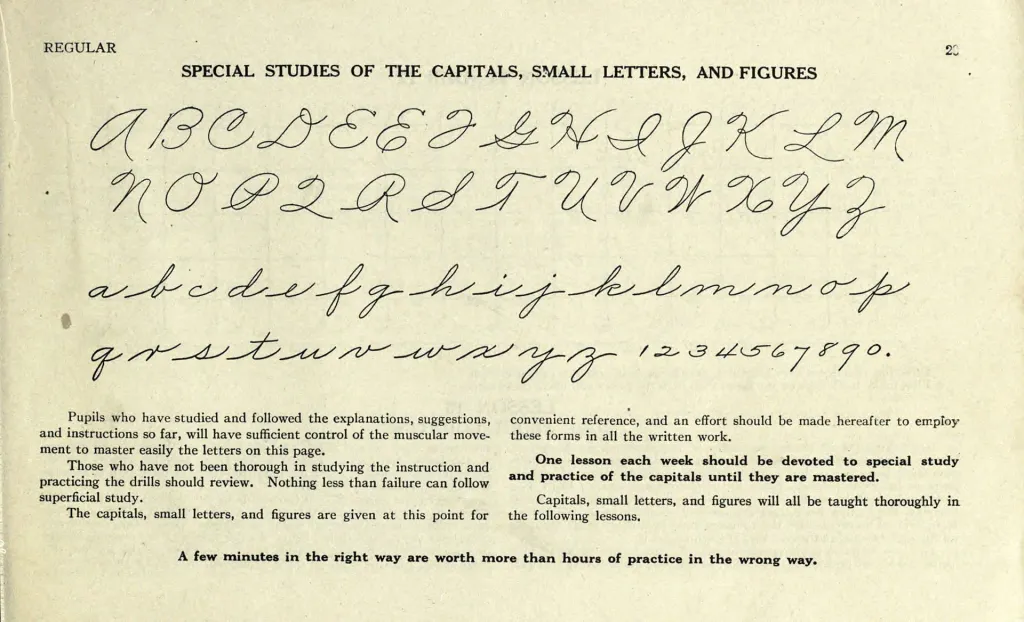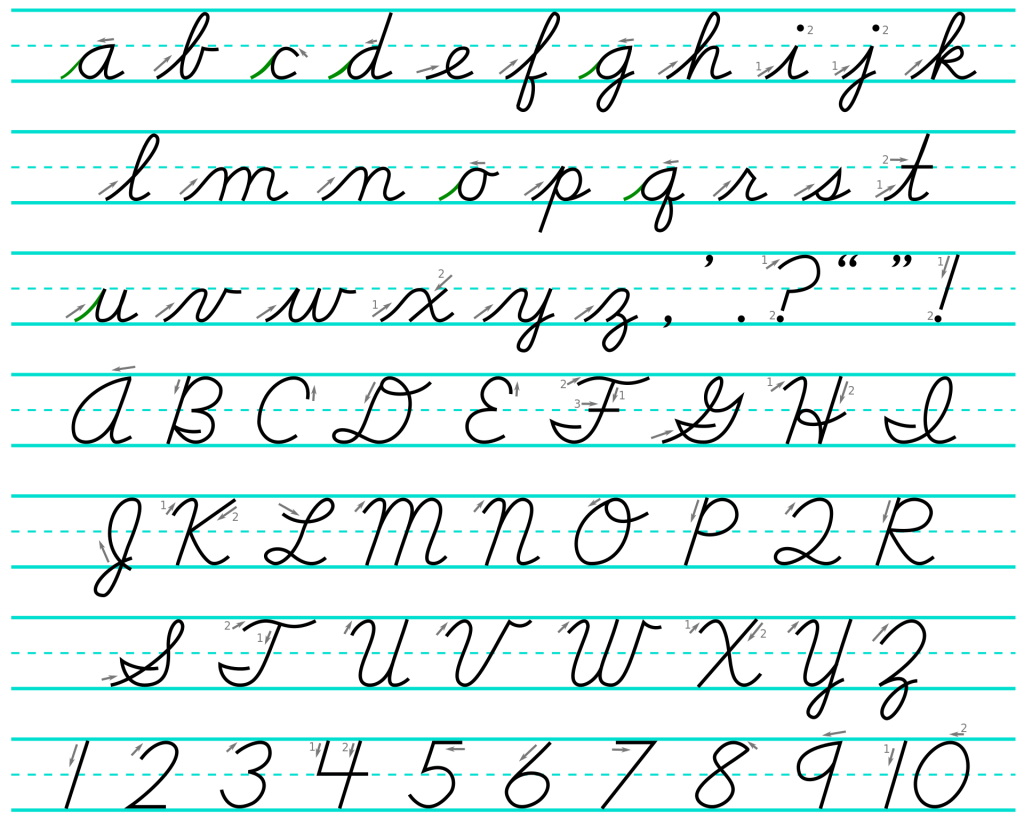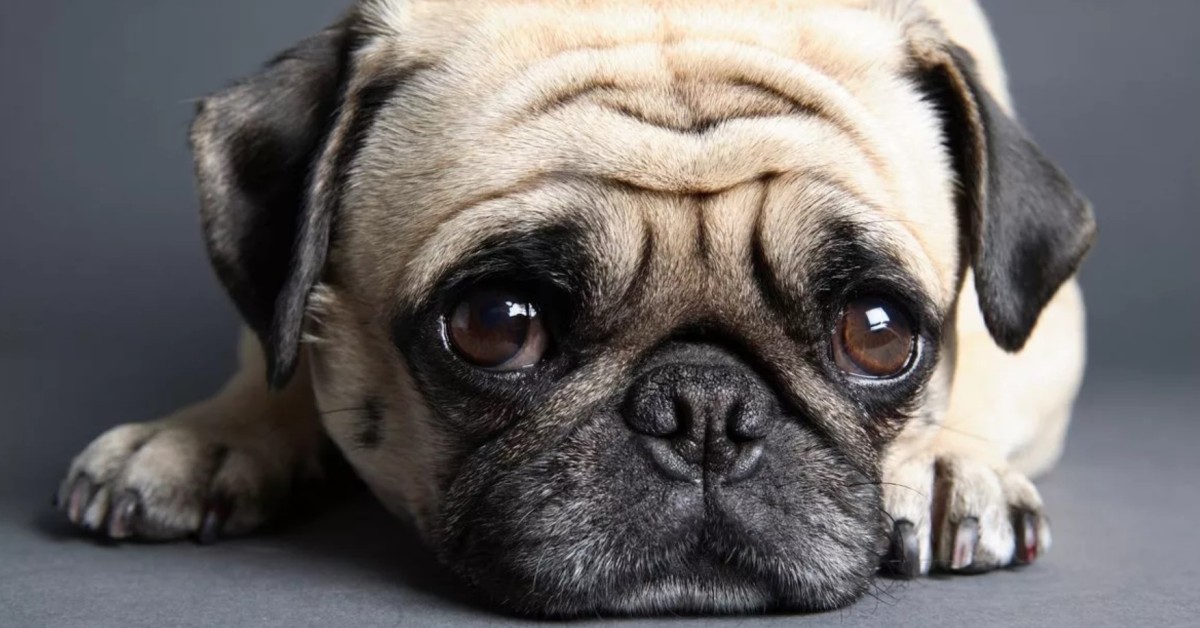by James Wallace Harris
I’ve been wanting to write by hand again, using cursive handwriting. For decades now, whenever I’ve had to write anything by hand, I printed it with block letters. It’s terribly slow. I keep trying to switch back to cursive so I can write faster and fluidly. However, the muscle memory of whatever cursive technique I was taught is faulty, causing frequent crashes in my penmanship. Such bumps in my inky road cause me to switch back to printing.
My friend Leigh Ann lent me The Art of Cursive Penmanship by Michael R. Sull after I mentioned to her that I wanted to learn handwriting again. Leigh Ann said most older people were taught the Palmer Method of penmanship, which was common in schools until the 1950s. In his book, Sull adapted a consensus of hand movements used in teaching the various forms of the Palmer Method and calls his version American Cursive. However, when he started using it, I realized I hadn’t learned to write certain letters that way, especially the upper-case F Q R and Z or the lower-case z. Here’s an example from Wikipedia.

I have a vague memory of learning cursive writing in school. I think it was in the third grade, which would have been the 1959-1960 school year for me. I completely have no memory of learning to write Qs and Zs this way. Now it’s possible that I’ve just forgotten. I’m forgetting words all the time nowadays, so why not forget some letters too?
According to Wikipedia, the Palmer Method might have been phased out by then and the new teaching method was called the Zaner-Bloser Method. It looks like this:

The differences are very slight. I think the big differences were in the teaching methods, especially how the hand and fingers were positioned and held. I believe each successive method aimed to make it easier for students to write by hand. It’s funny that most of us have forgotten this.
These are still the strange Qs and Zs. And I can’t make myself write zoo in cursive, either with a capital or lower case. It’s like my hand has no memory of writing Zs. Nor can I write anything with a capital Q. I do use that lower-case q.
Wikipedia says the Zaner-Bloser Method began to decline after the D’Nealian Method was introduced in 1978. It looks like this:

What’s weird is all the letters look about the same from method to method. It appears the physical method of writing them differs. I’ve also read that teaching penmanship varied depending on the teacher. I wonder if I had a weird teacher that didn’t like the Qs and Zs and created his/her own? (I went to three different third grade schools, in two states, and had a man, and two women teachers.)
What I’ve been learning this afternoon is my memory, especially my muscle memory, balks at writing some of these letters in the way they are being taught in their specific method. That suggests that the teacher taught me differently, or my teacher wasn’t paying close attention to me developing wayward habits. Do we all put our own spin on lettering? Is that why we have such a tough time reading each other’s cursive handwriting?
The reason I want to learn to write by hand again, using cursive, is because I want to write quickly and smoothly with a pen and have the results be easily readable. I’m not going for beautiful handwriting. I just want to develop a comfortable way to write with pen and paper. I keep reading that using pen and paper is better for my mind and memory than using a computer. I don’t know if that’s true or not, but I will assume it is until proven false.
I also have back trouble if I sit at the computer for too long, so I’m hoping to learn to write with pen and notebook while in my La-Z-Boy.
What I’ve decided to do is practice handwriting by studying these techniques in a general sense to see if I can figure out the smoothest way to cursively move from one letter to another. I want my writing to flow so I don’t have to think about it. If I could handwrite without letters crashing together, I think I would be satisfied.
I doubt I need to study a whole book, but I do need to do a lot of practice until I can figure out how my pen should move from one letter to the next depending on all the combinations. Michael R. Sull has people copy poems and other kinds of writing, and I think that’s a promising idea.
I do find it fascinating I was taught something around 1959/1960 that became muscle memory, and it should be a clue to which writing method I was taught.
JWH






